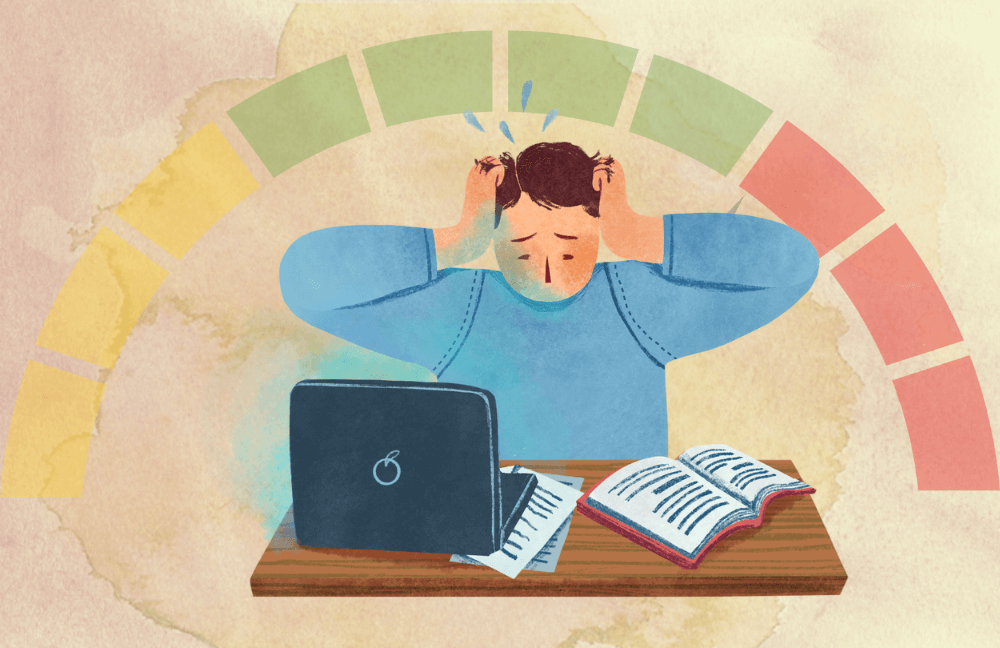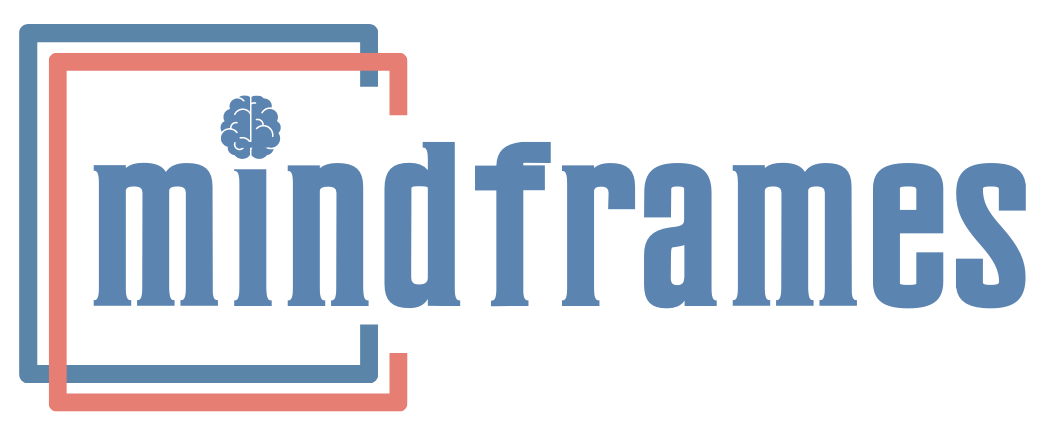Workplace Wellness Programs
Why Workplace Wellness Programs?
Workplace wellness programs empower employees and managers, and help improve job and emotional outcomes in individuals. Evidence affirms that stress, anxiety and depression are the leading culprits lowering performance at work; that these are both preventable and treatable in the workplace, and that workers who receive treatment are more likely to be highly productive. Workplaces are a potentially ideal site for disseminating health and wellness information. Because people are positioned on a common playground, accessing a program is less stigmatizing as everyone’s in it together, and high-quality service can be offered on a platter to them. This way, accessibility, time constraints and procrastination get eliminated.
The recent application of digital means has shown even more promising outcomes as acceptance and outreach get magnified manifold. Engagement and adherence have historically been two major challenges in workplace wellness initiatives. Digital interventions like online wellness assessments, health related messages, mailers and webinars are all showing promising utility and efficacy in this regard.
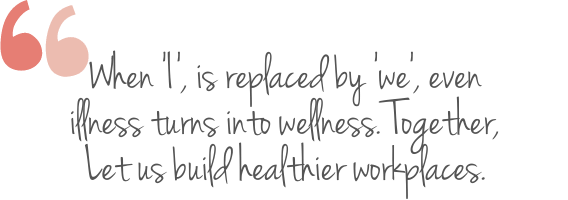
Delivery of Socio-Emotional Wellness at Work
Emotional wellness is not a novel concept; corporate organizations recognize it. Some offices have on site counselors or tie ups with visiting professionals maybe once a week, but that isn’t sufficient and doesn’t always do justice to employees’ needs. We assume that if we don’t see a problem, it mustn’t be there. Emotional empowerment is an ongoing and permanent didactic process wherein emotional advancement compliments occupational development.
A number of research articles in journals worldwide repeatedly highlight the role of emotions in facilitating or impeding workplace engagement, performance and success. With that evidence in place, even if workplaces are oblivious to bigger problems like anxiety and depression; they still need to fulfill emotional basics in order to supplement their own employees’ performance goals.
Workplace Wellness Strategies
Therapeutic Approach
Preventive Approach
This aims at promoting positive emotional health, also called ’emotional intelligence’ or ’emotional literacy’. It assists employees in developing emotional and social skills to improve behavior, and support ongoing professional success. There isn’t a direct attack on anxiety, depression or illness that already exists; rather it’s a preventive focus to assure these problems do not arise. It looks at life holistically and teaches how to live whole heartedly.
How Wellness is Imparted
Self-awareness
Self-management
Social awareness
Interpersonal Skills
Cooperative Work Concept
Workplace Wellness Delivery By Dr Shefali
Employee Assessment
- Anxiety/ Phobia
- Communication Style
- Depression
- Emotional Quotient
- Interpersonal Skills
- Negotiation Skills
- Passive Aggression
- Personality Style
- Pessimistic Thinking
- Self-Esteem
- Sleep Hygiene
- Stress Vulnerability
- Workplace Happiness
- Work Motivation
- Workplace Satisfaction
- Workplace Stress
Therapeutic Workshops
- Aggression Control
- Anxiety Awareness
- Communication Skills
- Dealing with Feelings
- Depression Awareness
- Distress to De-Stress
- Fight Stage Fright
- Managers as Counsellors
- Multiple Intelligence
- Overcome Insecurity
- Problem Solving
- Quit Drinking Now
- Quit Smoking Now
- Stress Management
- Time Management
- Work Life Balance
Preventive Workshops
- Assertiveness Training
- Emotional Intelligence
- Fuel Your Confidence
- ‘I’ Methodologies
- Job Satisfaction
- Lateral Thinking
- Listening Skills
- Positive Living for All
- Positive Thinking
- Pressures and Ethics
- Team Building
- Servant Leadership
- Sleep Hygiene Tips
- Spiritual Intelligence
- Team Development
- Women (Fem)Power
Dr Shefali Batra has created diverse tools for emotional wellness evaluation, relaxation as well as mindfulness, all of which can be customized to preference in corporate wellness initiatives. All programs are customized, with flexibility in frequency, duration of workshops, analysis, assessment, educational material, and more. Please connect with us. We’re eager to make a difference.
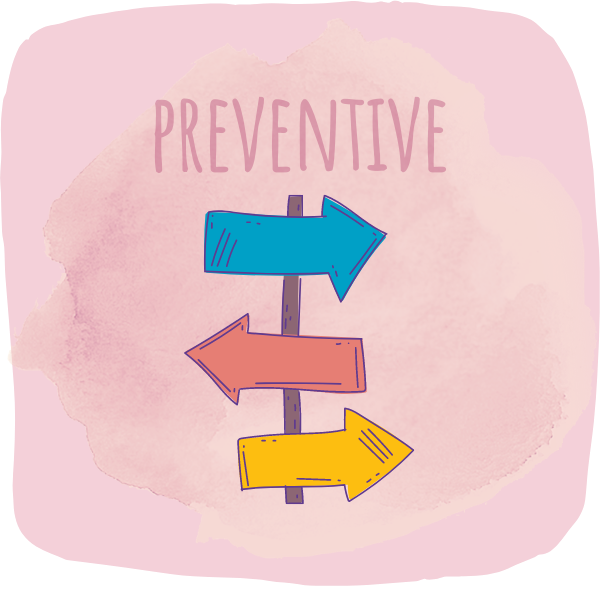
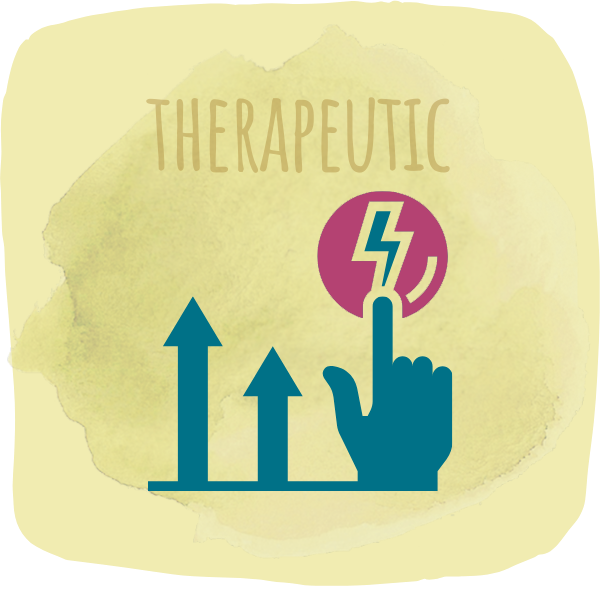
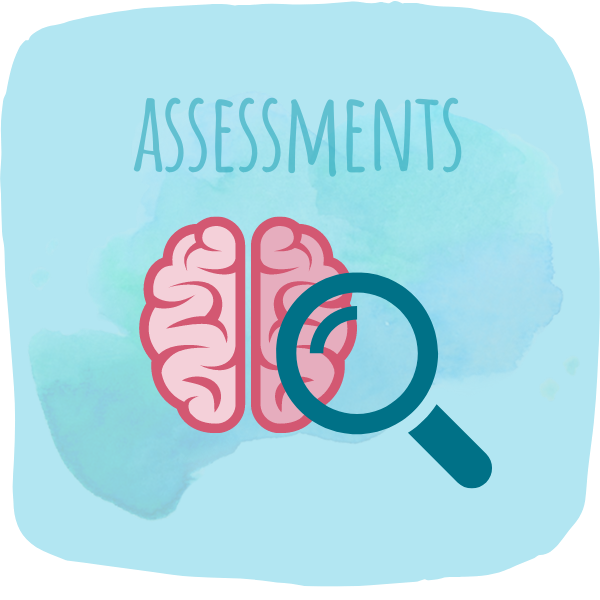

References
- Gray, P., Senabe, S., Naicker, N., Kgalamono, S., Yassi, A., & Spiegel, J. M. (2019). Workplace-Based Organizational Interventions Promoting Mental Health and Happiness among Healthcare Workers: A Realist Review. International journal of environmental research and public health, 16(22), 4396.
- Carolan, S., Harris, P. R., & Cavanagh, K. (2017). Improving Employee Well-Being and Effectiveness: Systematic Review and Meta-Analysis of Web-Based Psychological Interventions Delivered in the Workplace. Journal of medical Internet research, 19(7), e271.
- LaMontagne, A. D., Martin, et al., (2014). Workplace mental health: developing an integrated intervention approach. BMC psychiatry, 14, 131.
Latest Posts

7 Reasons Why You Should Seek Therapy

5 Time Wasters You Need to Overcome

5 Signs you have no work life balance

Work and Life: What is the right balance?
